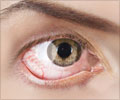- About Blepharitis - (http://en.wikipedia.org/wiki/blepharitis)
- Blepharitis - (http://www.medicinenet.com/blepharitis/article.htm)
About
Blepharitis or granulated eyelids is a term used to describe chronic inflammation of eyelids. The severity and the duration can vary. The condition can resolve within a week without any treatment or it can be a long lasting one.
There are several oil glands opening out along the eye margins and blepharitis is caused when these glands get inflamed. It can also be caused by infections by microorganisms, pests like head lice and mites and allergies to contact lens, sprays, chemicals animals or any air borne allergens. Blepharitis usually affects the eye lashes that grow along the margins of the eye.
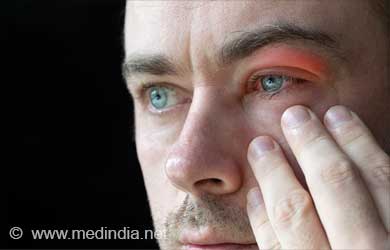
The reasons for its occurrence are many and the condition is known to affect people of all ages. It is not known to be contagious or cause permanent damage to the eyes. However the condition can be difficult to manage, is likely to recur and can cause discomfort to the affected individual while it lasts.
Blepharitis is more likely to occur in people with acne rosea and in those with conditions affecting the oil glands.
Types of Blepharitis
Angular Blepharitis -Inflammation in the outer corners of the eyelids.
Anterior Blepharitis- Inflammation of margin of eyelids around the lashes
Seborrheic Blepharitis - When scaly dandruff -like structures are seen

StapphylococcalBlepharitis - Caused by bacterial infection
Demodex blepharitis - Caused by mites
Signs and symptoms of Blepharitisinclude -
- Red eye lid margin
- Swelling and pain
- Burning sensation
- Itchy /irritated eyelids with sandy sensation
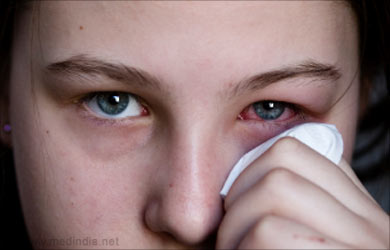
- Mild tearing /Watery eyes
- Light sensitivity
- Scale- like structures resembling dandruff /flakes on the eyelids
- Crusting of the eyelids
- Crusty eyelashes on awakening from sleep
- Loss of eyelashes
- Mild ulceration of the lids
The symptoms of Blepharitis are often mistaken for “dryeyes” or conjunctivitis recurrence. Complications due to blepharitis are rare. Some of them include stye(bacterial infection of oil gland), chronic pink eye and chalazion ( blockage of oil glands)
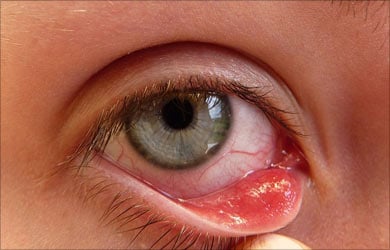
Diagnosis and Treatment
Physical examination and taking down the medical history of the patient can help in establishing Blepharitis.
The physical examination should focus on areas such as eyelids and their margins, base of the lashes, tear quantity and quality, oil gland openings and the front surface of the eyeball. The latter is carried out using a slit lamp which facilitates a good view of the eye surface
If Blepharitis is caused by an infection then cultures must be done in laboratory using a sample from the eyelid. If it is due to allergy, the cause of allergy must be evaluated by carrying out appropriate tests.
Treatment for blepharitis
Regular and methodical cleaning of eyelids and maintaining a healthy routine is the mandatory procedure in treating blepharitis. This cleaning would also mean cleaning the face and scalp everyday and scrubbing the eyelids methodically after soaking them using warm compresses.
The eyelids have to be cleaned every single day methodically in the following manner-
- Apply a warm compress to the eyelids for ten minutes four to five times a day.This helps to soften the debris and oils present on the eyelids
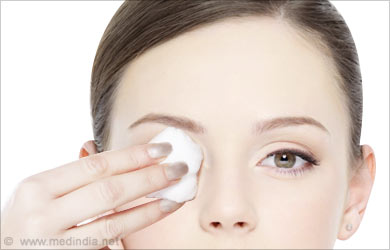
- After soaking, clean the eyelids with a cotton swab in a solution containing diluted baby shampoo. Rub gently along the margins as you clean to avoid rubbing or scratching
- Stop using eye makeuptill symptoms disappear.
- You may have to use an antibiotic along the eye margins(as described by the physician) after cleaning
- If you are wearing contact you may have to stop using them when you go out
- All other treatments depend upon the cause and the type of blepharitis.
- Pulsating thermal lid massage, intense pulsed light treatment and omega -3fatty acid intake are also part of blepharitis treatment.

A single episode of blepharitis does not mean that you would have the condition all through life. However, those who have had many episodes of the disease are likely to experience recurrence. Maintaining a methodical hygiene pattern would help to control this chronic condition. If the condition is caused by an allergy or an infection, it is important to treat the underlying condition to control the disease.

